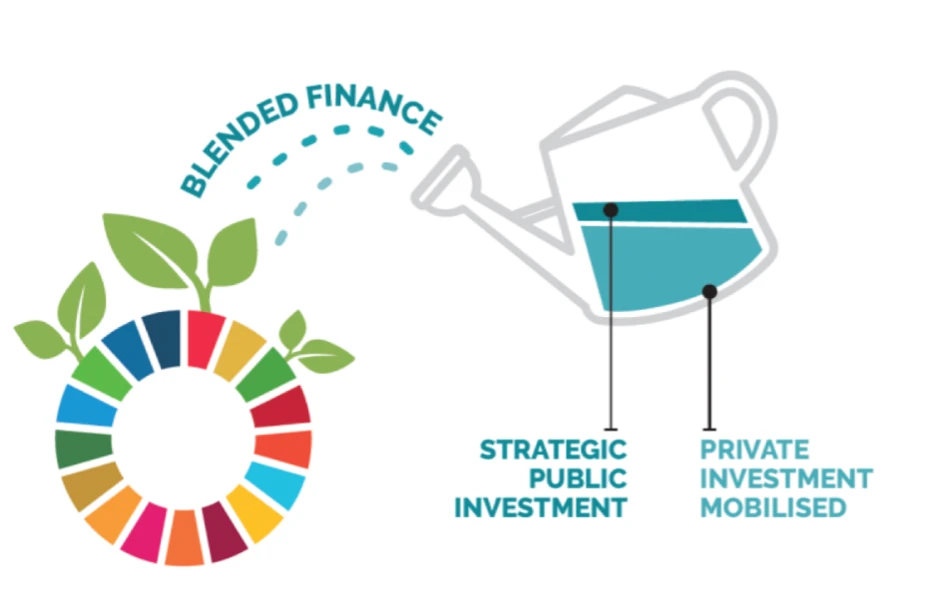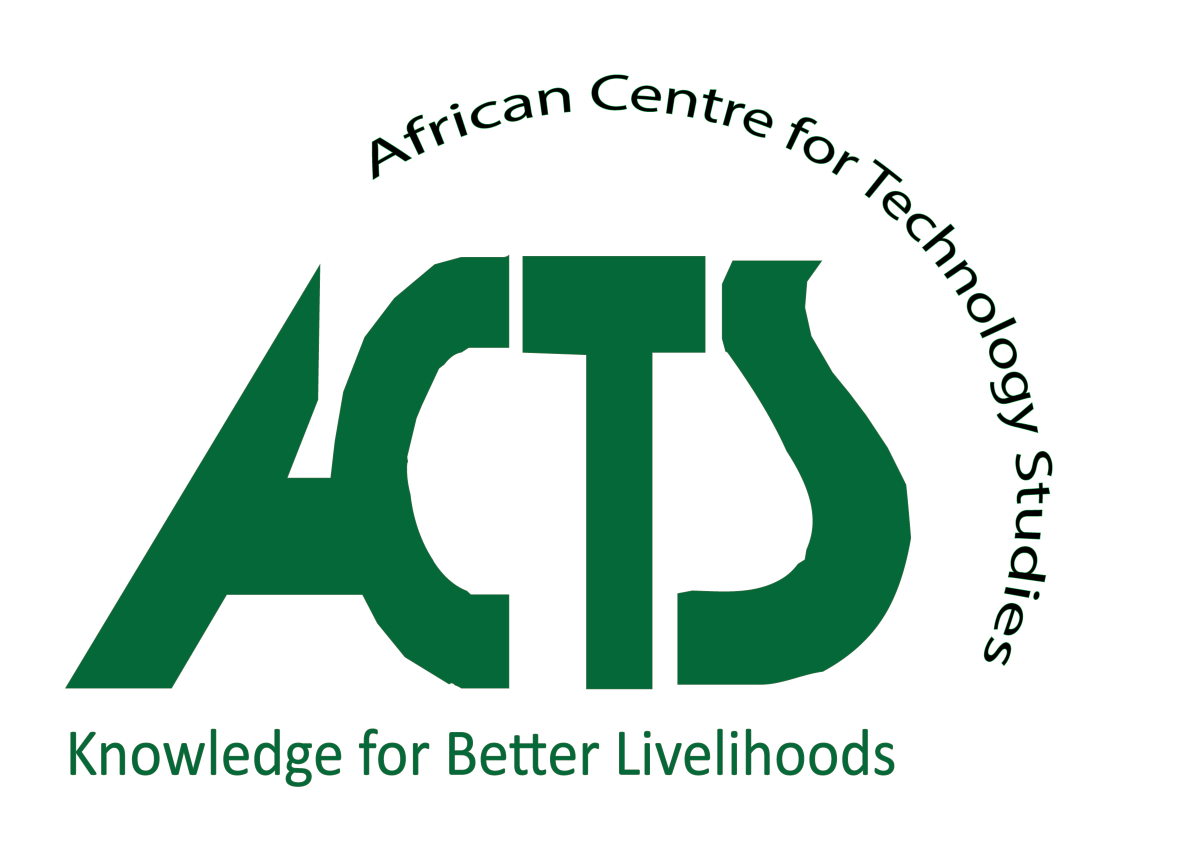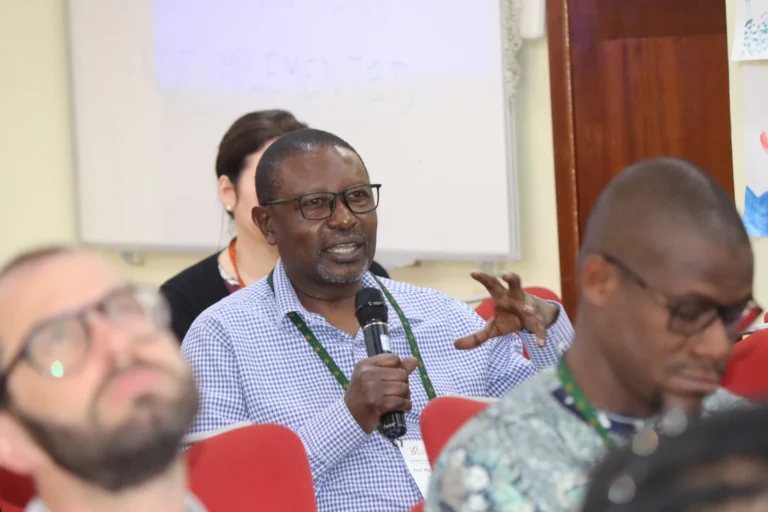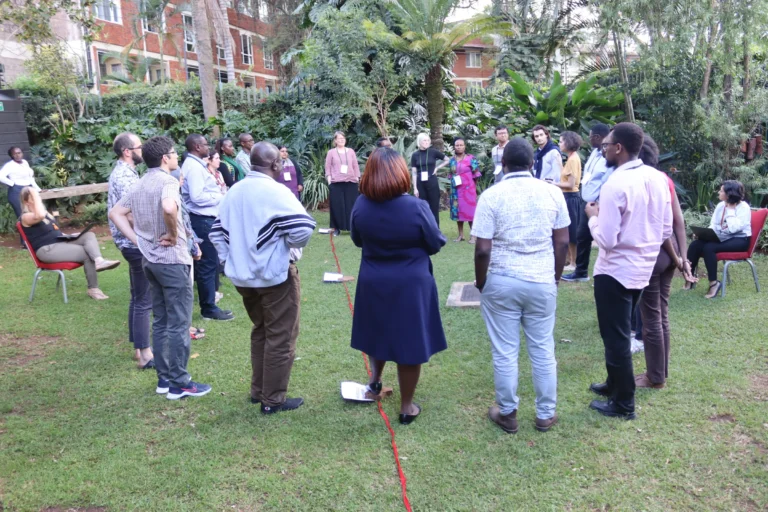By Maureen Kabasa, Joel Onyango, Salome Okoth, Meali Mohamed
COP29 marked a decisive moment in the global climate negotiations, especially in the use of blended financial instruments to support climate action. These financial instruments are tools designed to blend public and private funding for catalyzing investment in climate initiatives, and they have emerged as a cornerstone necessary to meet ambitious targets set under the Paris Agreement.

Figure 1: Blended finance by World Economic Forum
CoP 29 provided a platform for nations to discuss new climate finance goals, aiming to ensure fair and equitable progress towards their targets. Developed countries have repeatedly fallen short of their financial commitments, causing delays in both mitigation and adaptation efforts. In this context, UN Climate Change Executive Secretary Simon Stiell emphasized at the closing of the UN Climate Change Conference (COP29) in Baku, Azerbaijan, on November 24, 2024:
“This new finance goal serves as humanity’s insurance policy against worsening climate impacts affecting every nation. However, like any insurance policy, it is only effective if the premiums are paid in full and on time. Commitments must be honored to safeguard billions of lives.”
This blog highlights key takeaways of COP29 on blended finance and its implications for the scaling of climate action from various Climate finance conversations at CoP 29, in Baku, Azerbaijan. Partnerships models need to be redesigned to support the new era for blended financing
One of the key takeaways at COP29 was the partnerships that must be formed between governments, development banks, private investors, and NGOs. Collaboration across multi-stakeholders is highly necessary. For example, partnerships like the GCF’s engagement with private banks proved how one can unlock billions in investment for renewable energy and resilient infrastructure as soon as priorities are aligned
“Blended financial instruments are a link between the public sector-possibly grants, concessional loans-and private capital to share risk and incentivize private-sector participation” Highlighted a participant at CoP 29.
Innovative financial instruments play a pivotal role in mitigating financial risks of climate adaptation investments.
One of the most pressing barriers to private-sector investment in climate change initiatives is the perceived financial risks of quantifying investment in adaptation. COP29 highlighted how innovative financial instruments de-risk investments, making them attractive to institutional investors.
“Customizing risk mitigation strategies to local contexts is critical as projects in developing countries benefit from mechanisms like partial credit guarantees from microfinance institutions, reducing perceived operational risks” emphasized panelist at British pavilion, CoP 29.
Leveraging underutilized climate finance resources to strengthen the impact of climate finance
Local capital markets were recognized as a critical yet underutilized resource for climate finance. COP29 showcased innovative examples of green bonds issued in emerging economies, supported by blended finance to lower costs and increase uptake. Strengthening local financial ecosystems can amplify the impact of blended finance. Capacity development for local institutions and financial systems is a necessary complement to funding.
Addressing Equity and Inclusivity in access of climate finance for equitable distribution of resources
While blended finance indeed holds immense potential, COP29 also provided a reminder that resources need to be equitably distributed. Most developing countries, especially in Africa and small island states, face systemic challenges in accessing blended finance due to weak institutional capacity and poor credit capacity. Grant-to-loan conversion schemes and technical assistance funds are being explored as means of overcoming this shortfall.
“Targeted support is given to the most marginalised regions and communities becomes important for equity in access to climate finance’’ representative of Green Climate Facility, CoP 29.
Transparency and Accountability as per the Paris Agreement towards achieving the global climate goals
Accountability lies at the very heart of the Paris Agreement, and as blended financial structures continue to grow in their complexity, COP29 called for enhanced transparency and accountability to engender trust among the various stakeholders. This includes transparent reporting of financial flows, outcomes, and impacts. Standardized and contextual frameworks for monitoring and reporting are needed.
Scaling Beyond the Energy Sector for adaptation financing
While renewable energy has been the focus for blended finance, COP29 urged diversification to sectors like agriculture, water management, and biodiversity sectors whose vulnerability will grow and for which innovative financing solutions are increasingly needed. Integrated approaches can include combined projects for climate adaptation and biodiversity conservation.
“The scope of blended finance can be expanded to further unlock new opportunities for impact” Panelist at Climate finance side event, CoP 29.
The Road Ahead
COP29 strengthened the role of blended financial instruments in tackling the climate crisis. For this potential to be realised fully, innovation, equity, and local empowerment will have to come to the fore by all concerned. The messages from COP29 are legible:
“There are residual challenges, yet the momentum is unstoppable” Panelist, CoP 29 side event
Bended finance can catalyze the trillions needed to transition to a sustainable, low-carbon future. As the world prepares for COP30, the emphasis needs to continue toward scaling up successes, filling gaps, and encouraging partnerships across sectors. Blended finance is not a tool alone but a lifeline for the planet.




